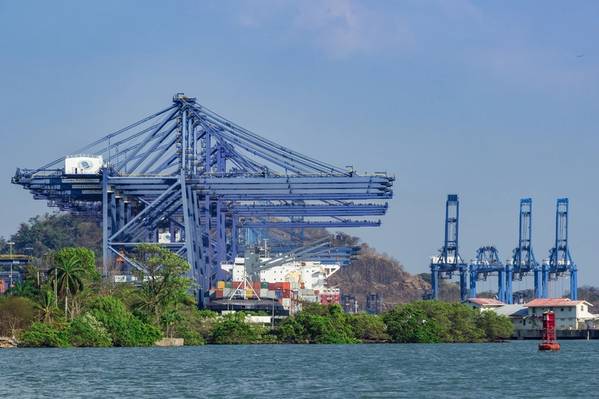
Cargo volumes in Panamanian ports totaled 7,346,859 TEU in 2019, up 4.7% compared with the year before when cargo volumes showed a slight growth of 1.7% to 7.014, 410 TEU.
“In 2018, Panamanian ports hit the 7 million TEU milestone for the first time and just last year cargo volumes increased by 4.7% to 7.34 million TEU of cargo volumes, making 2019 the best port performance,” said Noriel Arauz, Administrator of the Panama Maritime Authority (AMP) and Minister of Maritime Affairs. “We expect this positive trend to continue in 2020.”
A new pier
Arauz said AMP will on April 1 call a tender for the design and construction of the new multipurpose 285-meter international pier or Puerto Armuelles, including a two-floor building to house seafood.
“In March we will begin the selection process, we estimate that by the end of this year or early next year, construction will begin and that between December 2022 and January 2023, the new international pier will 100% operational,” said the AMP Administrator.
By mid-2020, the cruise terminal located in Amador, on the Pacific side, will be completed and ready to receive the biggest cruise vessels. A tender was called in late December for the management and operations of the cruise terminal and the future operator is likely to be announced in the first quarter of 2020.


